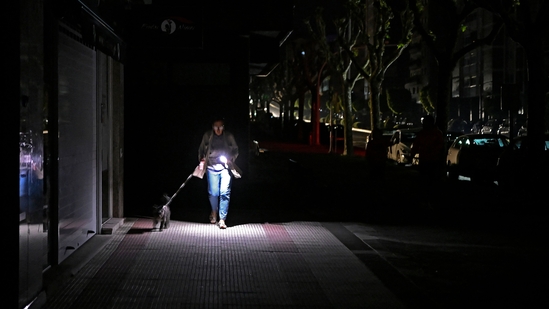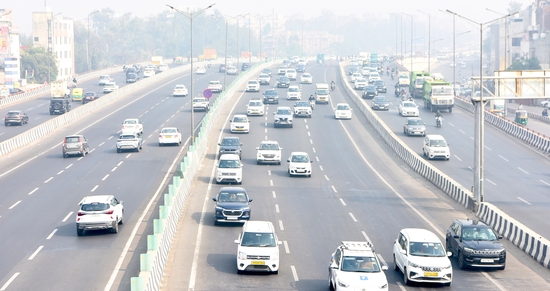A huge blackout hit Spain, Portugal, and parts of France, causing chaos by stopping trains, bank machines, and traffic lights. This was one of the biggest power failures in Europe’s history.
Portugal’s Prime Minister Luis Montenegro said there’s no proof of a cyberattack, but both countries are looking into all possibilities.
Spanish power company Red Electrica explained that the blackout happened after a sudden drop in power flow led to a massive loss of energy. This was too much for the electrical systems to handle, causing Spain to completely disconnect from the European power network. With the grid down, both Spain and Portugal experienced major voltage drops.
So, what usually causes such power problems? Most of the time, it’s severe weather like storms or lightning, but it can also happen due to faults in power stations or lines, equipment failures, or other issues in the power grid. Typically, a blackout lasts from a few minutes to several hours.
Spain produces a lot of renewable energy, and this blackout raised questions about whether the reliance on solar and wind power made the system less stable. At the time of the outage, 59% of Spain’s electricity came from solar power, while wind provided 12%. However, in just five minutes, solar power dropped sharply from 18 gigawatts to only 8 gigawatts.
An industry source explained that the Spanish grid lacked “inertia,” which is the energy stored in large spinning machines. This inertia helps balance power supply and demand. When there isn’t enough inertia and production suddenly drops, the grid collapses. After a blackout, restoring inertia takes hours before the power can come back fully online.
Victor Becerra, a professor at the University of Portsmouth in the UK, noted that this event shows how tricky it is to manage modern power systems, especially as we use more renewable energy sources like wind and solar.





Leave a Reply